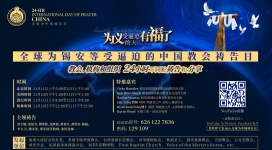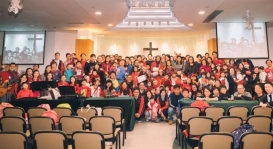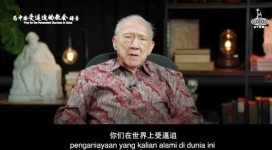Later this month, a panel of experts will submit a report to the U.S. Department of Energy about the prospects for cold fusion, the theoretical generation of thermo-nuclear energy using tabletop apparatus.
Traditionally, physicists believed that forcing two deuterium nuclei close enough together to allow them to fuse usually requires temperatures of tens of millions of degrees Celsius. To be done at room temperature with a couple of electrodes connected to a battery seemed difficult, if not impossible. Because of such attitudes, science has all but ignored the phenomenon for 15 years since its introduction.
Scientists in many countries, particularly in the Unites States, Japan, and Italy, have been working quietly for more than a decade to understand the science behind cold fusion. And scientists are beginning to observe exactly how the effect occurs. Current findings reveal that the heat is not produced continuously over the entire electrode surface, but mini-explosions on the surface.
“I believe that the work carried out thus far amply illustrates that there is a new and richly varied field of research waiting to be explored,” stated Martin Fleischmann, an electrochemist at the University of Utah in Salt Lake City.
The review at the meeting with the Department of Energy will give cold fusion researchers a chance to show their resolve. The department may grant future funding or support.
If researchers are successful in the creation of cold fusion and the proper extraction of the energy produced in the years to come, this means a larger energy source than what is available for our future generations. Also, such technology produces fewer wastes than current fossil fuel and fission reaction power productions.







